- Eileen Gieser
- Posted On
Popular Heron Festival once again entertains, educates; new location a success
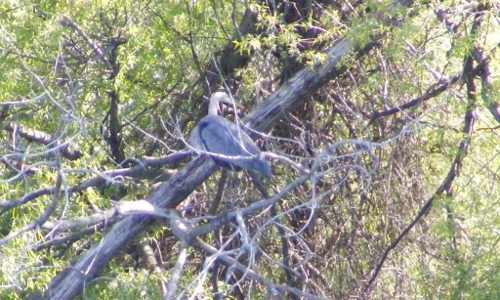
CLEARLAKE, Calif. – Warm weather and balmy breezes greeted visitors on Saturday at the annual Heron Festival, held this year at its new location in Clearlake's Redbud Park.
Over a dozen vendors selling jewelry, decorated gourds, garden features and other handcrafts were set up beside the Redbud Audubon Society, sponsor of the Heron Festival.
The festival was reduced to just one day this year instead of two, resulting in the pontoon boat rides selling out online.
During this popular feature of the festival, some lucky boaters used their binoculars to spot not just heron nests but also nests of the golden eagle and great horned owl along the water channels off Clear Lake.
Great blue herons and white egrets flew overhead and perched in the trees, creating photo ops during the 90-minute boat ride.
The day’s events schedule began at 8:30 a.m. and ended after 4 p.m.
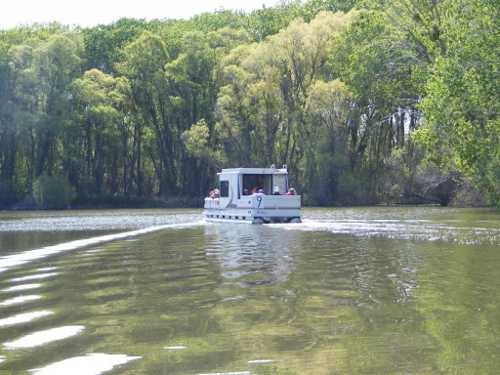
Several of the festival’s activities were created just for children, such as the precut, paper owl mask finished with crayons by the youngsters.
Since the live owls and raptors show was such popular entertainment for the entire family in past years, it had a repeat performance.
Speakers Dr. Harry Lyons, Marilyn Waits and Philip Greene were scheduled in the big tent throughout the day to entertain and educate adults and children about birds and other wildlife that we see around Clear Lake.
Greene, the keynote speaker, presented an especially humorous and entertaining slide show as he explained – and acted out – the various ways the heron and egret males attract a female after building a nest for each new season and the hunting strategy of the reddish heron.
One of his main reference books is “The Heron’s Handbook,” by authors James Hancock and James Kushlan, published by Harper and Row. Greene has found this on Amazon.com and pointed out that the illustrations are colorful paintings instead of photographs.
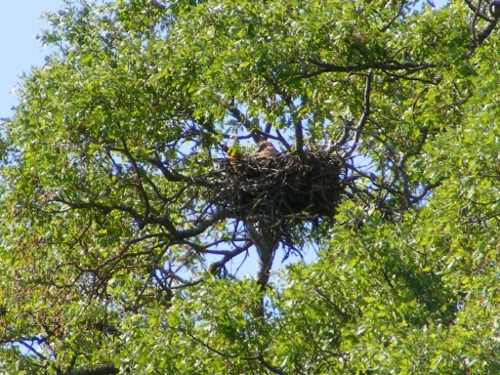
He surprised his audience with the information that herons and egrets have hollow bones, making them weigh only a few pounds, even though the great blue heron can have a wingspan of 6 feet and stand 5 and a half feet tall.
Greene’s audience also learned that most heron adults leave the nest when the juveniles are about 8 weeks old, leaving them to fend for themselves.
The reddish heron differs from other heron in that it instructs its young how to hunt for prey. A common practice of the reddish heron is the use of the “closed wing” method of creating a shadow over its prey with its wings so the fish or rodent cannot see this predator strike until it’s too late.
After boat rides and stimulating lectures, festival goers had a wide range of lunch choices – tacos, barbecued pork, hot dogs, snacks and drinks from food vendors.
The festival was well attended without being overcrowded. Parking was well-organized and directed by volunteers. Plentiful shade trees and clean, well-maintained restrooms helped make this an enjoyable family outing.
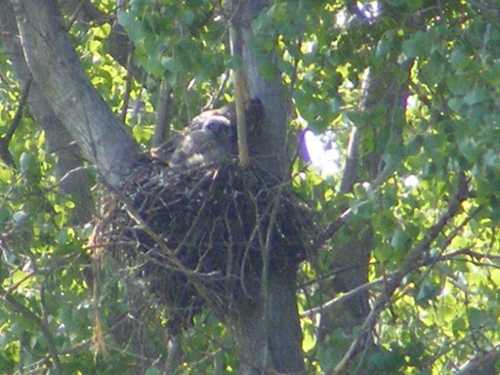
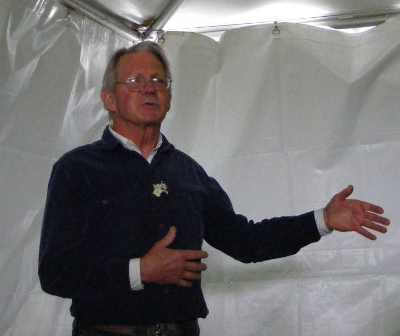
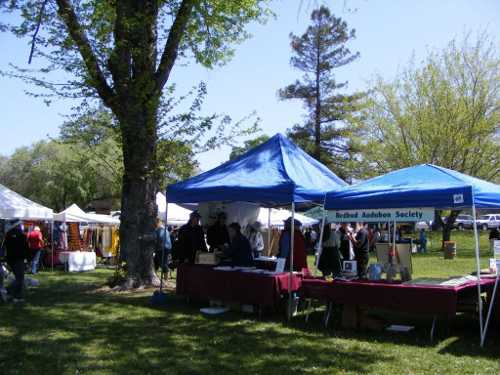

 How to resolve AdBlock issue?
How to resolve AdBlock issue? 
















